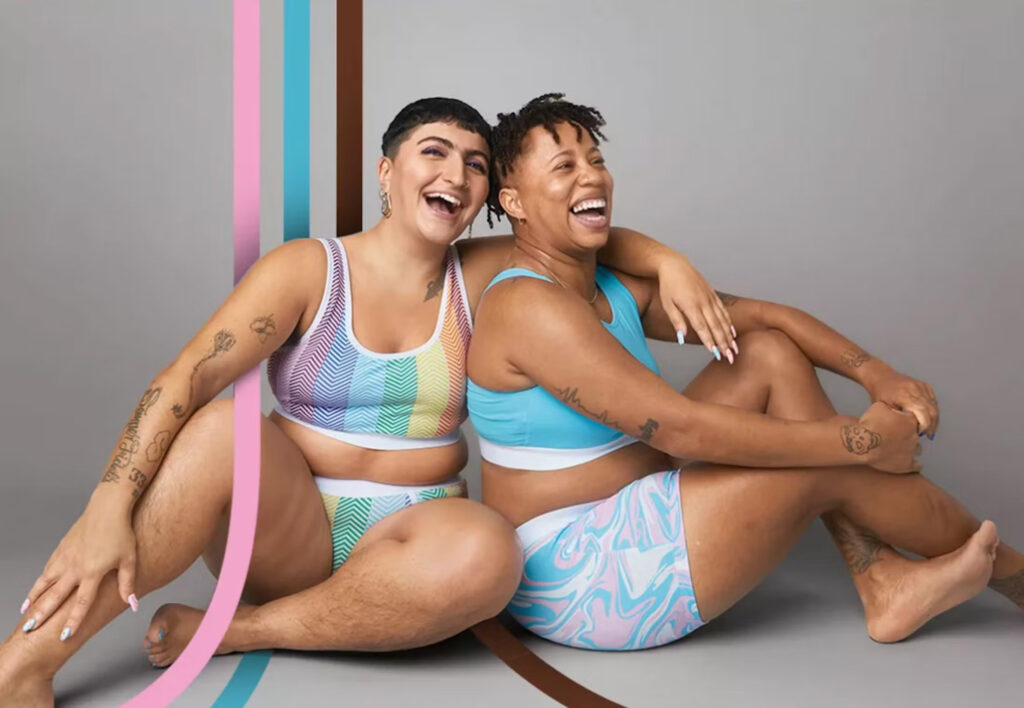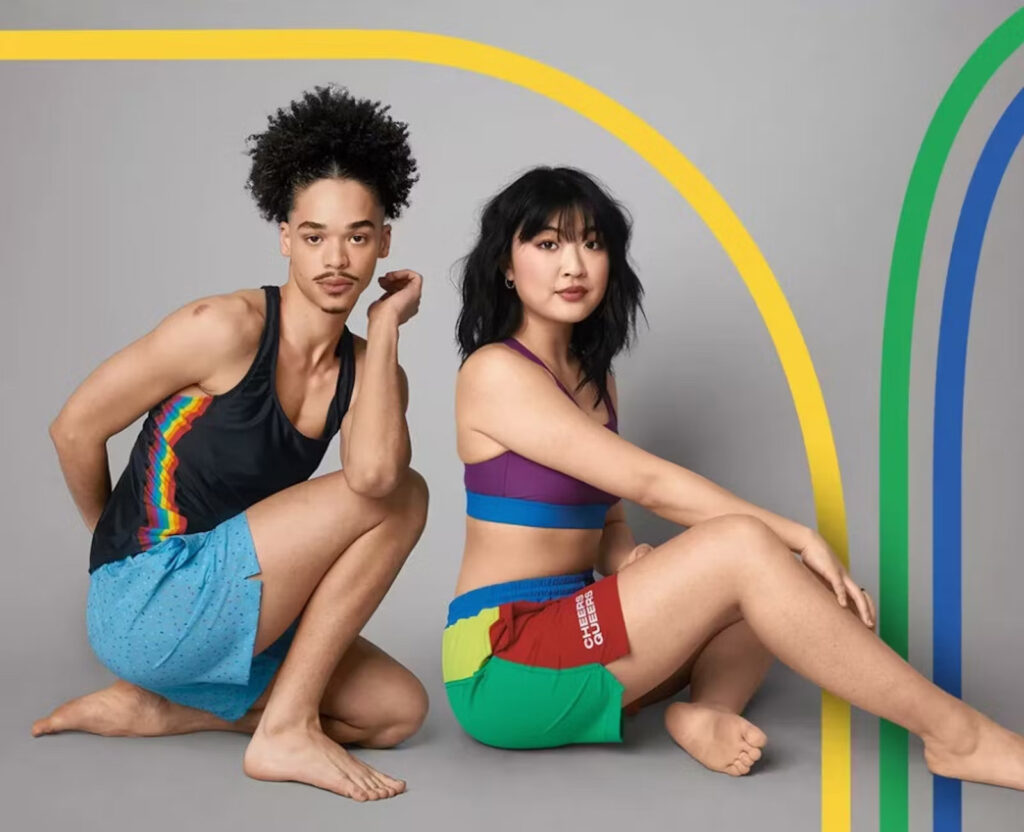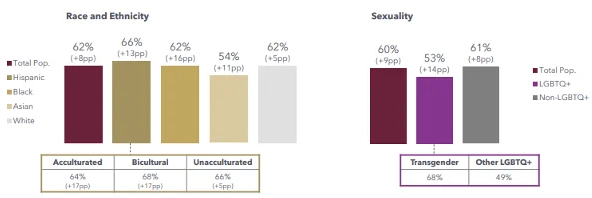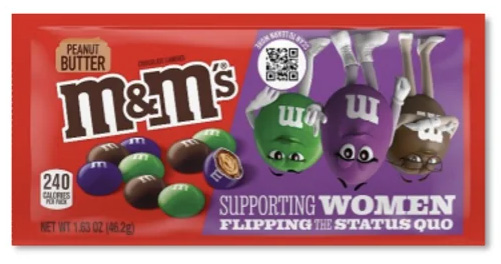What is Backlash? The Rise and How to Respond (6-Step Guide)

Collage Group’s latest America Now research delves into the rise of brand backlash.
Welcome to Collage Group’s America Now. This research has been ongoing for the last four years, delivering comprehensive insights into the American zeitgeist, detailing how brands should respond. This article unravels the complexities of brand backlash, helping you navigate this evolving landscape to authentically connect with today’s consumer. Learn how to pinpoint key issues that strike a chord with your target audience, and how to take a legitimate stance on political and social matters.
America experienced many profound events in 2020: the Black Lives Matter movement, the COVID-19 pandemic and a pivotal presidential election. These seismic shifts have reshaped consumer perceptions, intensifying scrutiny on brands like never before.
Fast forward to today, and the aftermath of the above has given rise to unprecedented challenges, such as soaring inflation and economic uncertainty. Plus, consumers clamor for brands to critically engage with societal issues, including climate change, online misinformation, women’s rights, artificial intelligence and LGBTQ+ inclusion.
Inclusivity is paramount, and brands are working harder than ever to connect with today’s consumers. However, this effort brings the risk of brand backlash. That is, as brands work to respond and do more, they may experience a whirlwind of backlash making them ask:
- What’s causing this?
- What are “controversial brands” doing wrong?
- How should brands respond to this rising brand backlash?
This article dissects the root causes of this backlash, offering invaluable guidance for marketers and CMOs to authentically engage with the modern consumer psyche. Discover key insights distilled into a 6-step guide to help you navigate brand backlash.
What is Backlash?
Brand backlash refers to the negative consumer reactions and criticism directed at a company’s actions, products or messaging. It can result in reputational damage and decreased consumer trust. Collage Group has identified three distinct types of brand backlash, each escalating in severity.
But first, take a look at notable examples of brand backlash to date.
Brand Backlash: High-Profile Brands Under Fire
Example #1: Consumer Backlash Against Target in 2023
When Target displayed products in support of Pride Month – an annual tribute to the LGBTQ+ community – a vocal minority of conservative influencers damaged merchandise, harassed workers and tried to start a boycott. This resulted in lower overall sales, while also posing a threat to Target’s longstanding rapport with both the LGBTQ+ community and liberal demographics.


Target has partnered with TomboyX and Humankind – two queer-owned, woman-founded brands – to create limited edition affordable, gender-affirming products.
Amid this backlash, Target chose to remove some pride-related in-store displays instead of standing firm in solidarity with its loyal LGBTQ+ consumer base. This elicited further criticism from LGBTQ+ advocates who saw this act as submitting to backlash.
Target’s decision shows how a brand’s response to backlash holds the power to either alleviate or exacerbate the fallout.
Learn more about the Target backlash in Collage Group’s article Unpacking the Target Boycott: Navigating the Complex Landscape of LGBTQ+ Inclusivity and Brand Loyalty.
Example #2: Consumer Backlash Against Bud Light in 2023
Other brands, including Bud Light, a subsidiary of Anheuser-Busch InBev, also faced significant brand backlash in 2023.
Bud Light traditionally targets middle-to-lower-income beer drinkers. Recently, the brand tried to bolster its appeal among younger, more diverse and affluent consumers, aligning with broader demographic trends.
In an attempt to tap into this new consumer base, Bud Light collaborated with Dylan Mulvaney, a social media influencer with more than 10 million followers. While viewed as a strategic move to bolster brand appeal, Bud Light encountered unexpected backlash.
This backlash was caused by a significant misjudgment of a proportion of the brand’s consumer base. That is, the backlash stemmed from transphobia among vocal anti-LGBTQ+ groups.
Example #3: Consumer Backlash Against Youth Foria in 2023
In another case, the beauty brand Youth Foria faced backlash for its attempt to cater to consumers with darker skin tones. However, the product missed the mark in matching foundation shades to darker complexions, drawing criticism from beauty influencer Golloria George. On her platform, George showcased the brand’s darkest shades alongside black face paint, highlighting the similarity.
“Last year, the shade wasn’t dark enough. Not only do you miss the mark once, you go back and miss the mark again. That just says a lot about the ethos of the brand. It rubbed me the wrong way, and I thought, ‘This is really hurtful.’” – Golloria George
Black consumers agreed with George’s take, indicating that Youth Foria’s efforts toward inclusivity fell short, resulting in repercussions. This incident shows that brands must conduct thorough research to create authentic products and messaging to truly embrace inclusivity.
Backlash? Consumers Are More Satisfied Than Ever with Their Portrayal in Advertisements
Yet beyond these examples, you’ll also witness positive change. Many brands successfully connect with diverse audiences, including LGBTQ+ communities, younger generations and multicultural consumers.
As such, Collage Group’s America Now research reveals some surprising trends. For example, Hispanic, Black and transgender Americans are more satisfied than ever with their portrayal in advertising, with double-digit percentage gains.
And for the first time, the majority of LGBTQ+ survey respondents (53%) are pleased with their representation in marketing. Particularly, 68% of transgender people shared this sentiment. But despite these encouraging findings, there remains a risk of backlash from those who might seek to undermine these advances.


M&M’s launched a limited-edition “Support Women” packaging featuring the brand’s three female spokes candies.
Where can we send you the full article?
This post includes a small sample of the deep cultural intelligence that fuels growth for our members. Contact us to unlock more content like this.